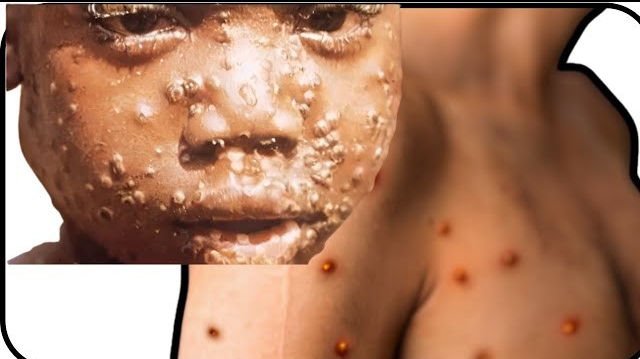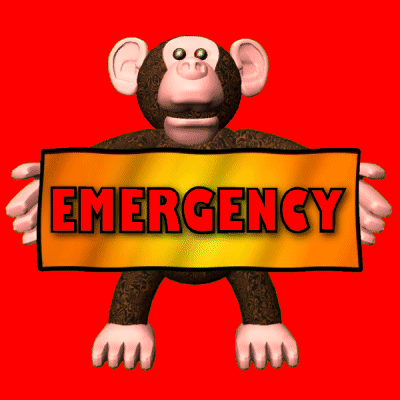Introduction
Do you know if monkeypox is detected in the beginning stages, it makes much difference for its treatment and recovery? Just imagine if you can figure this all out before it gets severe. That knowledge would put you one step ahead.
What are the signs at the beginning of monkeypox? How can people tell if it's just some common rash or something even bigger? And what to do in case of suspicion?
Monkeypox has become a concern that has caused many worldwide to raise eyebrows in the past months. It's very crucial to be aware of some of the signs and when to seek help. With cases being brought to light more, awareness shall be vital to ensuring your safety, as well as for those close to you.
Recognizing the Symptoms
Think of monkeypox symptoms like clues in a mystery novel. Each symptom is a puzzle piece that can help us identify the disease early. Being able to detect these clues, much like a detective with his evidence, might just mean early intervention.
Let's break it down symptom by symptom. First, there is the fever—it is the equivalent of the body's alarm going off. To this is added the spreading rash much like ripples across a pond. For quite a while, it may look like any number of common skin conditions. This is why one must have quite an eye out for it.
Historical Context and Current Relevance
Historically, monkeypox was first identified in the 1950s in monkeys, hence the name. Since then, it's primarily been reported in Central and West Africa. Recent outbreaks, however, have brought it into global focus. According to the World Health Organization, understanding these symptoms early can lead to better management and control.
Monkeypox belongs to the orthopoxvirus genus, which includes smallpox and cowpox. While smallpox was eradicated in 1980, monkeypox is a present-day threat. Vaccination and public health measures have played a significant role in containing outbreaks.
Detailed Symptom Analysis
The CDC recognizes that early symptoms manifest within 7-14 days post-exposure. Indicatives include fever, headache, muscle aches, and swollen lymph nodes. Following these initial symptoms is the development of a characteristic rash. The rash goes through several stages before finally crusting over and healing.
The rash usually starts on the face and then to other body parts. It progresses from macules to papules, vesicles, and finally, pustules. Each stage of the rash presents essential clues for diagnosis.
Transmission and Prevention
Monkeypox can be spread through close contact with an infected person or animal. This can be through exposure to direct physical contact with bodily fluids, respiratory droplets, or contact with contaminated objects. Improved hygiene and abstinence from contacting infected people can help minimize the risk involved.
What to Do If You Think You Have Monkeypox
If you believe you have the signs or symptoms of monkeypox, do not waste time seeking help. Early detection and isolation can reduce further spread of the virus. A healthcare provider will make a diagnosis and prescribe treatments.
Vaccination and Treatment
Yes, several vaccines may shield you from monkeypox. The smallpox vaccine was sufficiently compelling to prevent monkeypox, which belongs to the same virus family. Moreover, vaccines against monkeypox have been developed and used in some particular regions where unique viruses are common. Meanwhile, there is no particular treatment for this, but supportive care could be given to manage the symptoms. Treatment is usually symptomatic and includes antiviral drugs, pain control, and hydration. Most patients recover within several weeks from the illness unless severe cases that may involve intensive care are implicated in it.
Conclusion
Severe monkeypox illness may be prevented in a considerable proportion of the victims if detected early enough. Early recognition of signs will allow early treatment with minimum spread to others. Awareness and rapid action are our best defenses.
If you find this information helpful, please share the post and follow us for more in-depth how-to guides on health and wellness. Your support makes it possible for us to bring even more precious content to you!
Thanks for reading, and remember that one who remains informed remains healthy. Take care, and see you in the next post. Never stop being curious and proactive about your health!


